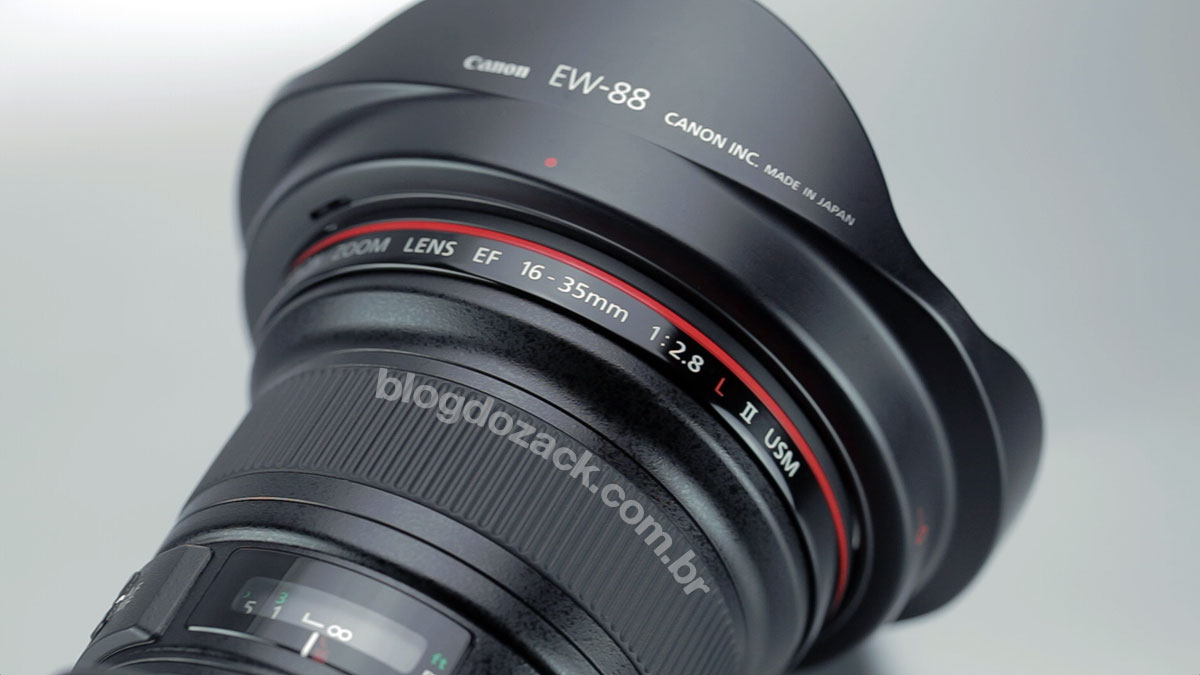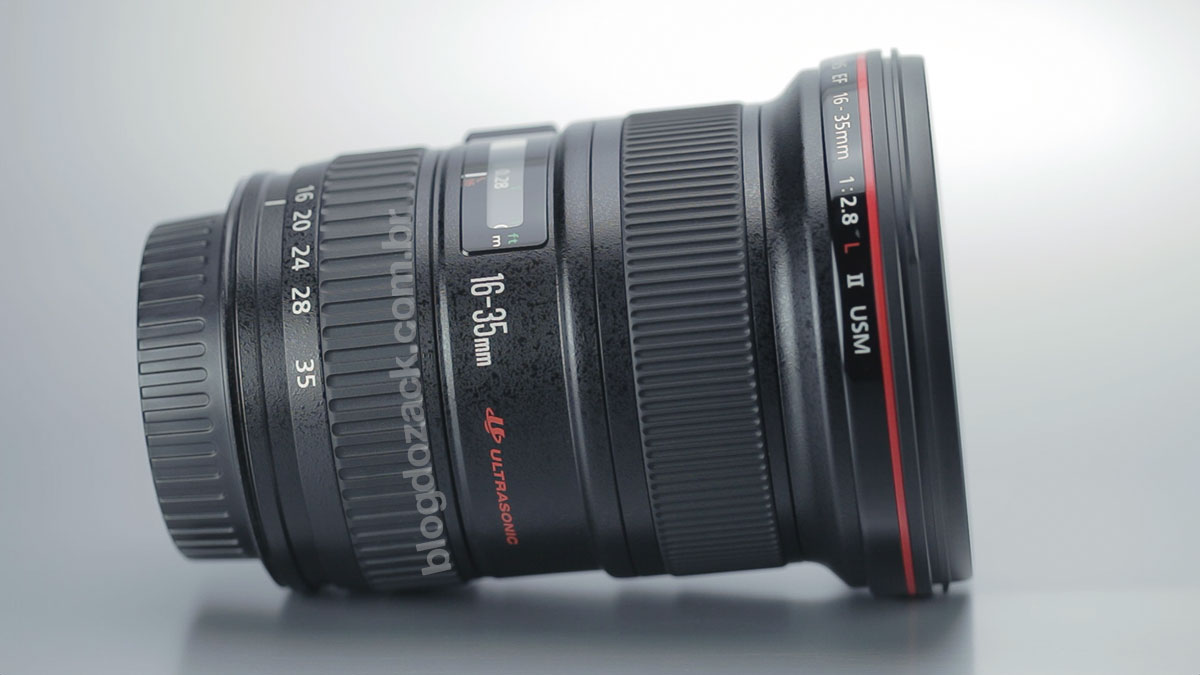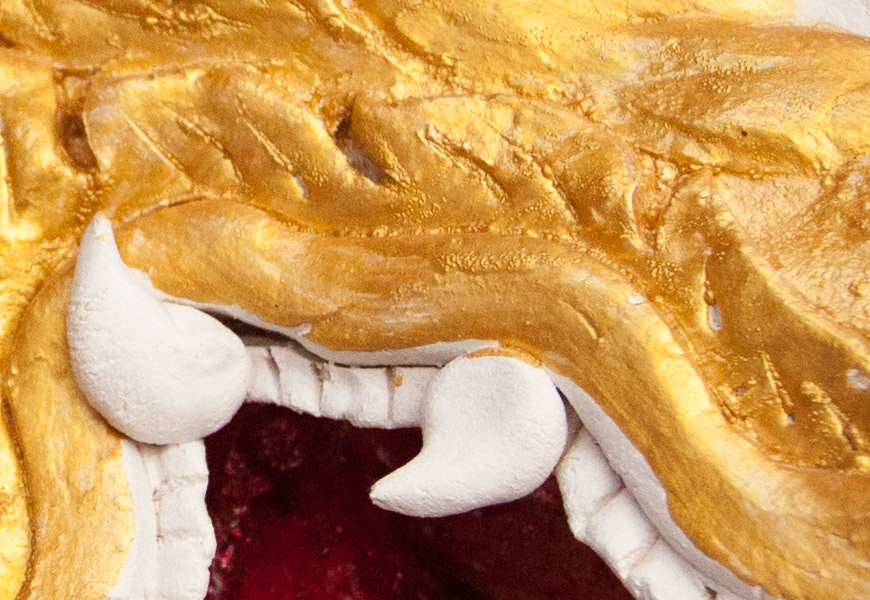Estimated reading time: 06 minutes and a half.
May/2015 - The Canon EF 16-35mm f/2.8L II USM was the first lens I didn’t recommend on vlog do zack. But let’s make two things clear: I have nothing against it; I’ve done great photos with it. However I can’t get over the corner performance at f/8, not for US$1599. Let’s see:

100% crop, US$20 if you can read the boat’s name.
It’s the only f/2.8 ultra wide angle full frame zoom from Canon. The new EF 11-24mm f/4L USM looses half the light. The new EF 16-35mm f/4L IS USM, stabilised, also looses half a stop. And the prime EF 14mm f/2.8L II USM, with better performance, features the same aperture; but costs US$2099. As with results, the EF 17-40mm f/4L USM will deliver the same photos for just US$799. It got on vlog do zack in february 2011 as my first ultra wide angle experience with the EOS 5D Mark II. It’s a nice piece: the build quality is impeccable, it is easy to use, made for a whole day of work. And I loved the pictures, besides the corners. But for it’s price, I just couldn’t recommend it.

At 635g of 88.5 by 111mm with 16 elements in 12 groups, the first thing you notice on the EF 16-35mm f/2.8L II USM is its length. It’s long! The 24-105mm is shorter at 10.6cm, besides the longer range. And the prime EF 135mm f/2L USM, medium telephoto, features the same 88x113mm of the wide angle zoom. It’s not a normal design and no wonder the optical performance. From the 108º of view to the sensor, the light travels 11cm? Something gotta go wrong.

The build quality is impeccable with high quality plastics and an internal aluminium structure, similar to the 24mm f/1.4L II USM. From the mount to the filter thread, both metal, there are two rings, one for zooming and the other for focusing, with a precise, smooth, playless movement. It grows considerably from the EF mount to the ø82mm filter thread; a first for an EF lens. They’re big and expensive, but won’t cause much vignetting as the optical assemble fits deep in the middle.

Its headline is the ring type USM AF. The main update on the Mark II, it was launched together with the EOS 1D Mark III, making journalists happy. It’s extremely fast and dead silent, my first true “instant AF” experience even on the 5D Mark II. Press of a button? Focus locked. It was noticeably faster than my previous L series like the 24-105mm, 100mm Macro, 50mm and 85mm f/1.2. The 16-35mm II is very precise and can even get faster with a few extra watts when mounted on a 1D body.

For the manual focus the only AF/MF switch can be left at “AF” as the ring supports the full time operation. It’s made of rubberised metal, large, at the front, with great balance. And the distance is instantly sent to the rear window, with no play and feet/meters markings, good for video recording. The minimum focusing distance is 28cm and can even allow short depths of field, for some “bokeh shots” wide open, great to isolate your subject from the background. This might be one of the few triumphs of the 16-35mm, as the bokeh is very smooth, very “L like”. We can also enjoy a circular aperture outside of f/2.8, for better looking background highlights.

Overall the EF 16-35mm f/2.8L II USM usability is phenomenal. Even so it’s large, it is not heavy, and balances well even on APS-C cameras, although I wouldn’t recommend it as you’ll loose the wide angle appeal. The lens hood is odd at the front, oversized, and I question if it’s really effective. But I often see the 16-35mm bolted to a 1D body as the second, or third, photojournalist camera, for “inside the action”, dramatic shots. When you see a photographer firing like crazy, holding the camera over the head, not even looking through the viewfinder, you can bet it’s one of these lenses.

“Sunset” at f/8 1/45 ISO100 @ 16mm.
But I never really swallowed the EF 16-35mm f/2.8L II USM optical performance and I swapped it for the EF 35mm f/1.4L USM, that made more sense after I bought the EF 14mm f/2.8L II USM. The 16-35mm is a high end formula with three aspherical pieces, one of each kind (ground, replica and glass mold); and one UD element. But the corner resolution is simply not there and the details turn yo mush. Picture by picture, the EF 17-40mm f/4L USM will do the same thing for half the price.

“Wat” at f/11 1/60 ISO400 @ 27mm.
Center frame resolution is excellent and overall the contrast and colours can justify the 16-35mm f/2.8L II USM purchase. It’s very saturated, punchy, with small post processing adjustments to make pictures pop. Straight from the camera, depending on your Picture Style, the results are definitely one step ahead of APS-C kits. Reds and yellows are vibrant, and they look calibrated for asian subjects. And landscapes are great with deep blues and rich green, perfect for wide shots. It all works in favour of the L series. * All photos with the EOS 5D Mark II.

100% crop, excellent resolution for a f/2.8 zoom.

100% crop, can’t complain about the center resolution. O_o

100% crop, slight drop of sharpness because of the short depth of field and ISO1600.
But far around the edges and the zoom lens can’t keep up wit the EF 14mm f/2.8L II USM prime, a performance we started to get used with recently (zoom with prime quality). The first time I noticed it was in a situation that could easily mimic a work assignment: architecture photography. Actually I was shooting a stupid sequence to show you the effects of vignetting through the apertures, from f/2.8 to f/11 that, by the way, is very strong. And it was when I looked at the files up close that I saw the corners disgrace. Unacceptable for a top of the line Canon zoom lens.

“Paracas” on f/2.8 to f/16 sequence.

100% crop, corner performance from f/2.8 to f/16.
Then I started to be picky and pixel peep the other files. It was true: the high end “L series” couldn’t deliver what the EOS 5D Mark II asked around the edges. Be it on tridimensional scenes, that I can handle some focusing variation due to the depth of field, or flat subjects, there’s undeniable drop in quality around the corners. Okay, I’m not defending putting important subjects near the edges of your frame, and only at 100% output this will make a difference, like on large prints.

100% crop, center, so you won’t argue it’s a focal distance problem.

100% crop, corner, same distance, see how the sharpness is gone?

100% crop, center.

100% crop, at the edge, where’s the texture? And what difference does that make? None. :-D

100% crop, center, so we establish the focusing distance…

100% crop, left edge, same distance. Unacceptable performance for a L series.

100% crop, great rock texture! Or not…
On a trip to Islas Ballestas (Peru), out of nowhere I had a chaotic encounter with flaring. As I was shooting with polarised glasses through the optical viewfinder, I didn’t actually see it happening. But when I reviewed the files on my computer screen, oh s***! The whole sequence was f***** with flaring. The contrast went down the drain so bad not even a heavy post processing could save the photos. And I was using the lens hood, with no lens filter. That was the end of it.

The whole sequence was f*****!

Zack with polarised sunglasses didn’t notice the flaring.

“Ballestas IV” at f/8 1/3000 ISO400 @ 35mm; and it happens often, with light coming the other way too.
US$1599 for a “fast” ultra wide angle, top of the line L zoom, with perfect AF and great usability? Yes, please. But bad corners at the same level of the APS-C EF-S 10-22mm, with bad flaring? Thanks, but no thanks! In the end I don’t own the EF 16-35mm f/2.8L II USM anymore and I don’t miss it. First the EF 14mm f/2.8L II USM killed the need for a 16mm on my kit, and these two extra millimetres makes for a much more dramatic composition, with a much better “prime” performance. Second, after experimenting with cheaper, not cheaper, better or worse options, the 16-35mm went down on limbo. But I understand who owns it: it’s operation is excellent and I didn’t really lose any photo. But to recommend it for everyone? No way. Nice shooting!